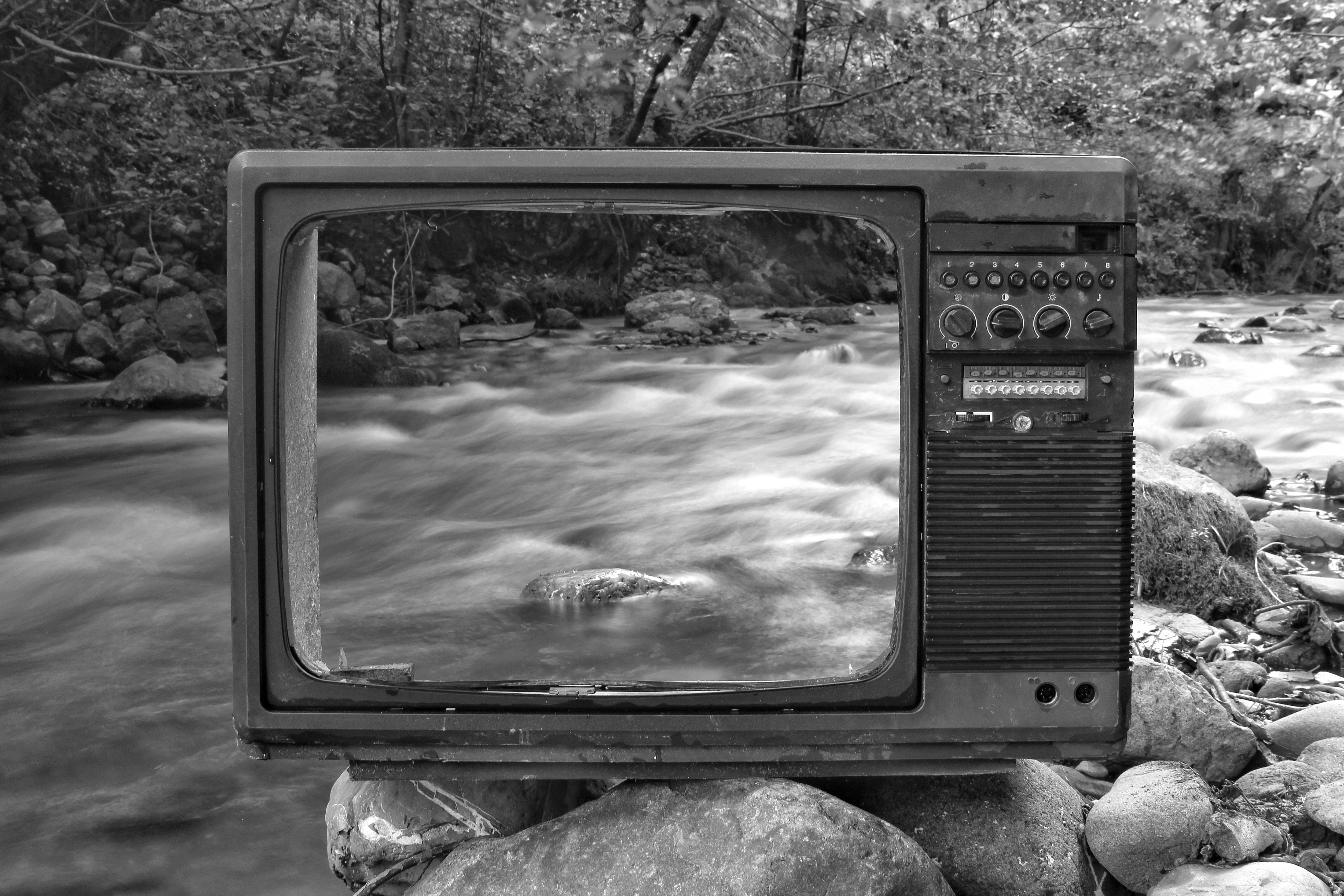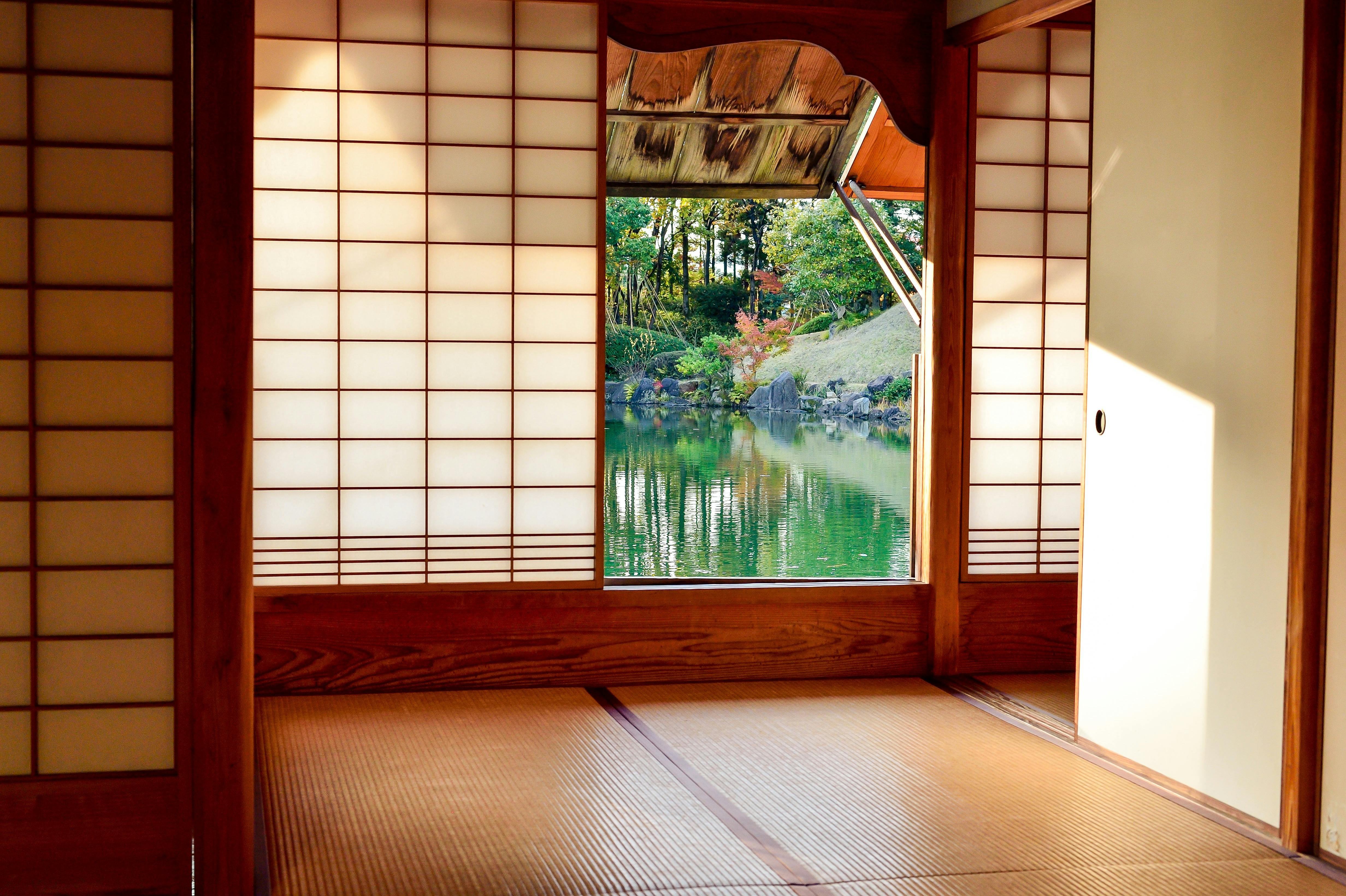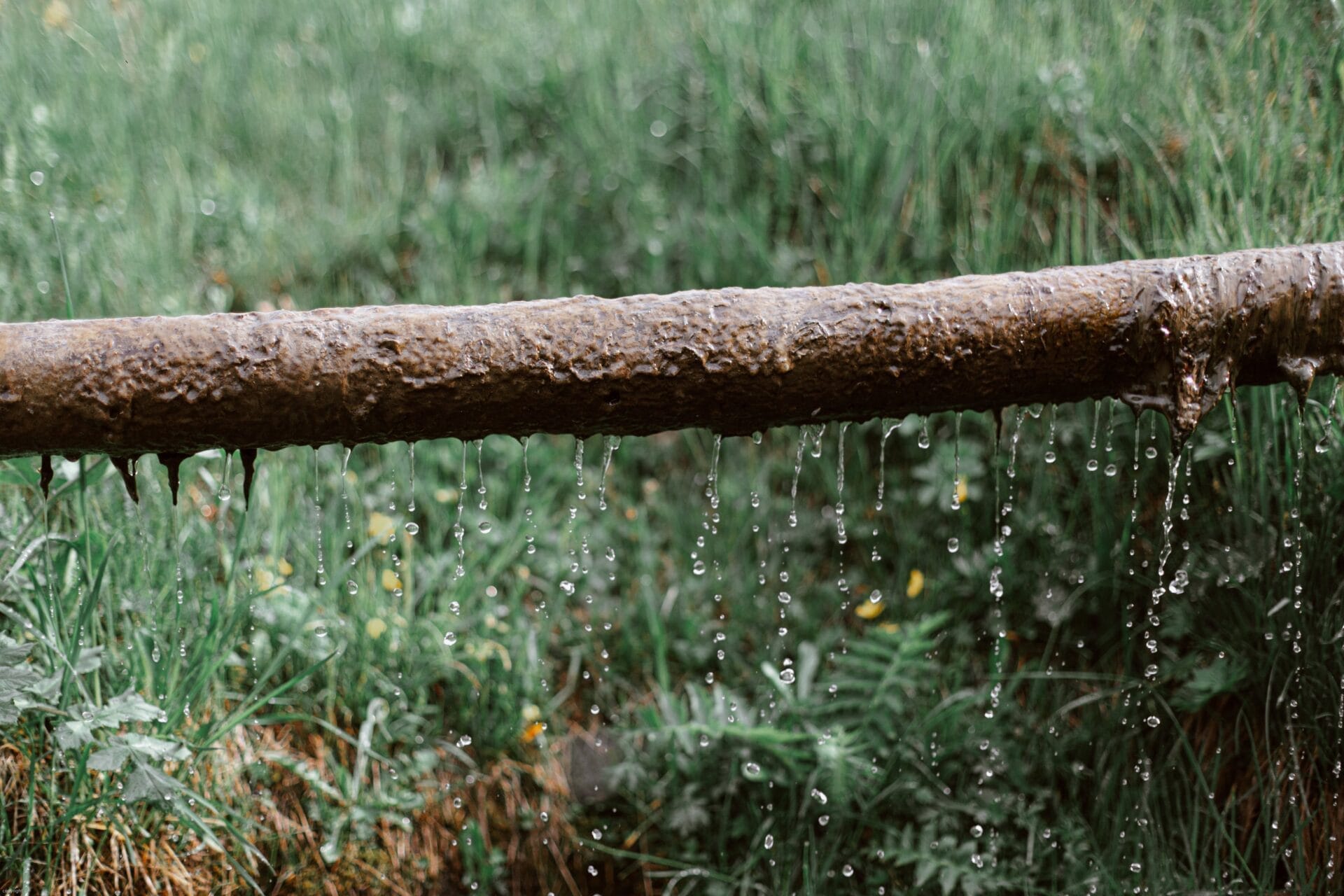If you have noticed water seeping through your floor, it can be a worrying and confusing situation. The cause of this issue could be anything from a broken pipe to an overflowing sink. In any case, it is important to understand why water is seeping through your floor in order to fix the problem and prevent further damage. In this article, we will explore some of the common causes of water seeping through floors and how to prevent it.The most common cause of water seeping through floors is a leaking pipe or plumbing fixture. Other causes may include leaking roof, poor drainage, inadequate waterproofing, and improper sealing of the floor joints. In some cases, water may enter through cracks in the foundation or walls as a result of ground water pressure.
Cement Based Solutions
One of the most effective solutions to stop water seeping through floor is by using cement based solutions. This involves sealing off any cracks or crevices in the floor with a cement-based sealant. It is important to ensure that the sealant is applied correctly and completely covers the affected area. Once the sealant has been applied, it will prevent further water from entering the floor. Additionally, it will also help to protect against further damage caused by water seepage.
Epoxy Resin Solutions
Another option for stopping water seeping through floors is to use an epoxy resin solution. An epoxy resin solution can be used to fill in any gaps or cracks in the floor that are allowing water to enter. The epoxy resin will create a waterproof barrier between the surface of the floor and any moisture that may be present on it. The epoxy resin solution can also be used as a protective coating for floors that are already damaged due to water seepage.
Vapor Barrier Solutions
A vapor barrier solution is another effective way of stopping water from seeping through floors. A vapor barrier is usually made out of plastic sheeting and installed beneath flooring materials such as tile or hardwood floors, creating a waterproof barrier between the surface of the material and any moisture present in the environment. This prevents moisture from penetrating into the material and causing damage.
Waterproof Membrane Solutions
Waterproof membrane solutions are also very effective at preventing water from entering floors and causing damage. These membranes are usually made out of rubber or plastic and installed beneath existing flooring materials such as tile or hardwood floors, creating a waterproof barrier between the surface of the material and any moisture present in the environment. These membranes can also be used as a protective coating for already damaged surfaces due to water seepage.
What to Do If Water is Seeping Through Your Floor
If you notice water seeping through your floor, it’s important to take action quickly. There are several possible causes of water seepage, such as a roof leak, plumbing leak, or a leaky pipe. It’s important to identify the source of the water and take action to repair it. Depending on the type of flooring material you have, the steps for addressing water seepage may vary.
If you have hardwood floors, it is important to act quickly to minimize any damage. If the floor is still wet, use a mop or towel to absorb as much of the moisture as possible. Then use a fan or dehumidifier to help dry out the area and prevent further damage. You should also check around the edges of your walls and baseboards for signs of water damage or staining. If you see any damage, it’s important to address this issue promptly in order to prevent mold growth.
If you have carpeted floors, one of the first steps is to remove any furniture from the area that may be in contact with the wet carpet and allow it time to dry out completely before replacing it. Once all furniture has been removed from the area, use a wet/dry vacuum or extractor machine with an upholstery attachment to remove as much liquid as possible from the carpet fibers. The next step is to set up fans around your carpeted room and use a dehumidifier if necessary in order to completely dry out your carpets and padding underneath them.
No matter what type of flooring material you have in your home, addressing water seepage quickly can help prevent further damage and costly repairs down the line. Taking these steps can help ensure your home remains safe and dry throughout every season!
Common Reasons for Water Seeping Through Floor
Water seeping through the floor can be a major problem in any home or building. It can cause structural damage, mold growth, and a host of other issues. Understanding the common reasons for water seeping through floors can help you solve the problem and prevent it from happening again in the future.
The most common reason for water seeping through floors is inadequate drainage around the foundation of a building. When it rains, water can collect around the foundation and if there is no proper drainage system, it will eventually make its way into the basement or other areas of the building.
Another common reason for water seeping through floors is improper sealing around windows or doors. If these openings are not sealed correctly, rainwater can enter and make its way to other areas of the building. Poorly installed gutters can also contribute to this issue as they may be unable to properly carry away rainwater from the building’s foundation.
Leaking pipes or appliances are also often a source of water seepage into a home or building. Pipes that are not properly insulated or sealed may allow water to escape into other parts of your home. If your refrigerator has a drip pan underneath it, make sure it is cleared out regularly as this could be another source of water leakage in your home.
Finally, cracks in walls or foundations can also lead to water seepage into your home or business. Over time, walls and foundations may become damaged due to settling soil, tree roots, shifting ground, and more. Inspecting these areas on a regular basis will help you identify any potential problems that could lead to water seepage before they become more serious issues.
If you suspect that your home has any of these issues, contact a professional right away to have them inspect and repair any issues before they become bigger problems down the road.
How to Prevent Water from Seeping Through Your Floor
Water seeping through your floor can cause a lot of damage and be a major inconvenience. To prevent water from seeping through your floor, you should take some preventative measures. The first step is to inspect the area around your floor for any signs of water damage or mold. If there are any signs, it’s important to take care of them as soon as possible.
The next step is to make sure that your flooring is sealed properly. Depending on what type of flooring you have, this can involve sealing the seams between each piece of flooring, using a sealant around the edges, or applying a waterproof sealant to the entire surface. You should also check the condition of the grout or caulk around the edges and replace it if necessary.
Finally, you should ensure that any pipes or drains near your floor are properly sealed and in good condition. This includes checking for any cracks or gaps in pipe seals and replacing them if necessary. If you have an outdoor space that is connected to your home, make sure that all drains and gutters are clear of debris and functioning properly.
By following these steps, you can help protect your home from water damage. If you ever find yourself dealing with water seeping through your floor, it’s important to take action quickly to avoid further damage and costly repairs down the road.

What Materials are Prone to Water Seeping Through Floor
Ceramic tiles, wood, and linoleum are some of the most common materials used in flooring. However, all of these materials can be prone to water seeping through the floors if not properly sealed. Ceramic tile is especially prone to water seeping through its grout lines, as it is a porous material. Wood floors can be sealed with a waterproof sealer, but may still become damaged over time due to water seepage. Linoleum is generally not as prone to water seepage as wood or ceramic tile, but if not properly installed and sealed it can still be vulnerable. Additionally, any type of flooring that has been exposed to moisture for long periods of time can become more susceptible to water damage.
It’s important to regularly check your flooring for signs of moisture or dampness in order to prevent further damage from occurring. If you notice any signs of water damage or seepage on your flooring, it’s important to address the issue immediately in order to avoid further damage and costly repairs down the road. Regularly inspecting and maintaining your flooring is an important part of preserving its appearance and longevity.
Signs of Possible Water Seepage in Floors
Water seepage in floors can lead to serious problems such as mold, rot, and structural damage. It is important to be aware of the signs that indicate potential water seepage in floors so that you can take action as soon as possible. Here are some of the signs of possible water seepage in floors:
One of the most common signs is discoloration. If you notice any dark patches on your floor, it could be a sign that water is seeping through. You may also find that certain areas are wet or damp when they shouldn’t be.
Another sign to look out for is bulging or sagging flooring. If a section of your floor appears to be rising or has a soft spot, this could indicate water damage underneath. In some cases, you may even find cracks or gaps appearing where there weren’t any before.
A musty smell can also be an indication that something isn’t quite right with your floors. This smell is often caused by mold and mildew growing due to excessive moisture. If you notice this kind of odor in certain areas of your house, it could mean that there is a water leak somewhere nearby.
Finally, if you have wooden floors, check them regularly for signs of warping or buckling. These issues often occur when there is too much moisture present in the wood and can be caused by water seeping up from below. If you notice these signs, it’s important to take action quickly before the damage becomes worse.
By being aware of these signs of possible water seepage in floors, you can take steps to prevent further damage and keep your home safe and dry.
Fixing a Wet Floor Problem
The first step to solving a wet floor problem is to identify the source of the water. This may require inspecting the floor and surrounding areas for signs of moisture, such as standing water or damp patches. If possible, check for any leaking pipes or appliances that may be causing the issue. If you’re unable to locate the source, it may be necessary to call in a professional to help you identify and fix the problem.
Once you have identified the source of your wet floor problem, it is important to take immediate action to fix it. If there is a leak, make sure that you repair it as soon as possible. For small leaks, patching up any holes with sealant may suffice. However, if there are more serious issues present, such as blocked pipes or broken appliances, then it is best to call in a professional for assistance.
If your wet floor problem is caused by condensation or humidity levels in your home, then you may need to install dehumidifiers and air conditioners in order to reduce moisture in your home. Additionally, you should also ensure that your home is properly ventilated by opening windows when possible and using exhaust fans in bathrooms and kitchens.
Finally, if the problem persists after taking these steps, then it may be necessary to use absorbent materials such as rugs or towels to soak up excess water from your floors. Make sure that these materials are changed regularly in order to avoid mold buildup on your floors.

Conclusion
Water seeping through a floor can be caused by a variety of issues, ranging from plumbing leaks to poor drainage. The best way to determine the cause of the water seepage is to inspect the area and investigate further. It may be necessary to consult a professional contractor or plumber to determine the source and develop an appropriate solution.
In some cases, the solution may involve simple steps like redirecting water away from the foundation or fixing a leaking pipe. In other cases, more extensive repairs may be required such as replacing damaged flooring or upgrading drainage systems. Whatever the cause of the water seepage, it is important to address it in order to avoid further damage and costly repairs in the future.
No matter what is causing water seepage in your home, it is important to take action quickly in order to prevent any additional damage or costly repairs. Taking care of any issues with your home’s foundation or plumbing system will help ensure that your home remains safe and dry for years to come.

